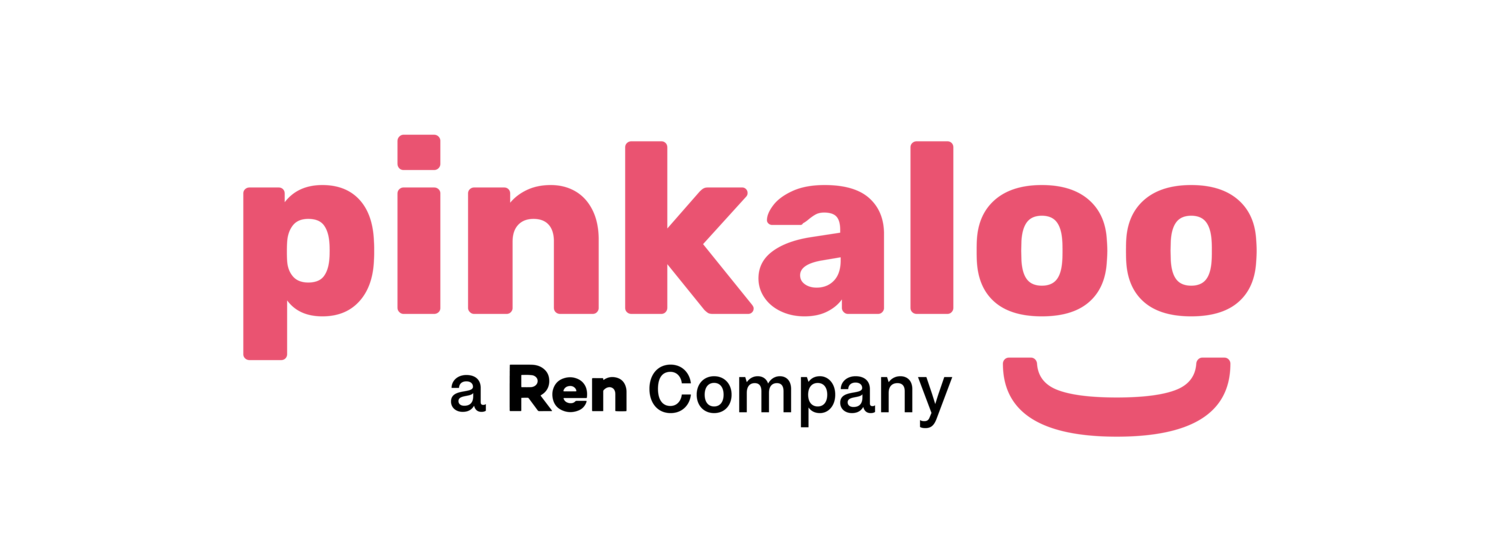NOTE: This is the first in a two-part series on keeping millennials engaged once they’ve donated to your organization.
The phenomenon of “ghosting,” where one person early on in a relationship suddenly disappears, is well-documented in online dating. It’s super frustrating for the individual left wondering what happened, what he or she did to deserve such treatment.
Unfortunately, ghosting happens all too often with millennial donors, too. One month, they’re donating to your cause and tweeting all their friends about it, the next month they act like your organization doesn’t even exist. “What gives?” you might wonder.
Well, in their fantastic review of trends amongst millennial donors, Non-Profit Hub says millennials donate the same way they shop: “Impulsively.” Across donors using Pinkaloo Modern Giving accounts to manage their charitable giving, we see that some donors are extremely loyal, while others prefer to spread out their giving more widely. From a charity’s perspective, donors who only give once may seem to have “ghosted” them, i.e. they donated and then disappeared.
That understandably leads to the question, “How do we convert these one-off donors into recurring gift givers once they make that first donation?” It’s not easy, but there are ways to do it. Here are four tactics that will help maximize the likelihood of your younger donors becoming lifelong partners rather than ghost donors.
- Communicate with them on their terms.
Some donors prefer updates via email, some prefer texts, while others prefer snail mail. According to a survey from Software Advice, 46% of all donors (not just millennials) prefer a mailed letter, while 35% preferred email, and 11% preferred social media. The remaining 8% wanted a phone call.
Unfortunately, if you use the wrong method, there is a good chance your follow-up messages will never be received, or worse, seem obtrusive. Too often, people move their mail directly from the mailbox to the recycling bin, or emails are deleted with barely a glance at the subject line.
Either as part of accepting the gift or soon after, ask your donors how they want you to communicate with them. Donors expect options, and with today’s technology it is entirely possible for you to communicate with different donors in the way that each prefers. It may take a little upfront work in your CRM software, but it will be well worth it, knowing your message is more likely to be received and that you’re building a far stronger bond with your donor.
- Connect emotionally with your donor each time you communicate with them.
Toms, Patagonia, Apple, and Netflix are a few of the brands that have done the best job of winning over the hearts of millennials and they all did it by connecting with them on an emotional level. It is obviously easier said than done, but non-profits are at an obvious advantage given your work. Focusing on connecting with younger donors each time that you message them will help build that emotional bond and keep your brand and work on their mind.
One way to start building that deeper connection is to make your communication more casual. While a more ‘easy-going’ style is not appropriate for all organization, the reality is that ‘buttoned-up’ and ‘stuffy’ = tedious. You don’t want your donors associating your brand with their insurance providers or immediately thinking ‘BORED!’ when they receive your messages. Instead, focus on reinforcing that your work matches their values and passions so that they look forward to your updates and feel good about supporting your work.
- Acknowledge the gift quickly, and set expectations about how often you’ll be communicating/updating them.
Millennial donors know their gifts may be small compared to other donors, but acknowledging and thanking them will help them feel appreciated and will provide a sense of gratification.
Sending a quick thank you note (preferably via their preferred channel) offers the opportunity to set clear expectations around how frequently and what types of updates your organization likes to send. We are all inundated with messaging these days, but when an organization sets clear guidelines and follows through, their updates feel welcomed and not overwhelming or uninvited.
Keep the initial thank you as just that - a thank you. Immediately asking for another gift or for them to set up a recurring donation likely won’t be well received. That can come down the road.
Thank them publicly on social media.
There are two angles at play here. First, millennials want to use their social clout on your behalf. Thanking your donors on Twitter or Facebook opens the door for them to do that. And even better, it creates the opportunity to pick up a Like or Retweet vs. them solely posting to pat themselves on the back. In other words, it’s a reinforcing behavior. Second, we all love public acknowledgment and the excitement felt seeing that notification pop will make them feel good and remind them why they made their gift.
You can request/collect social media account info as part of accepting the online donation or you can match recent likes and follows on your accounts to your donors. Additionally, there are services out there like IFTTT that can automatically tweet when you add a record to your CRM tool.
Connect with us to learn more about better engaging millennial donors and to see if offering Pinkaloo’s Modern Giving accounts to your donors makes sense.
Stay tuned for Part Two!

